The diamond itself, however, has a long, bloody and rather brutal history. In fact, according to the Curse of the Kohinoor – “He who owns this diamond will own the world, but will also know all its misfortunes. Only God, or a woman, can wear it with impunity.” From a brief study of the timeline of this stone, you might even start believing this curse!
Recently, UK MP of Indian origin, Keith Vaz, claimed that India deserves to get the priceless Kohinoor diamond back from the Brits, joining in the chorus of reparations that Shashi Tharoor recently ignited.
Check out this timeline of the priceless Kohinoor diamond.
5000 years ago
The Kohinoor is mined in medieval times in the Kollur mine in Andhra Pradesh’s Guntur district.
It was mentioned in in a Sanskrit script, where it was called the Syamantaka .
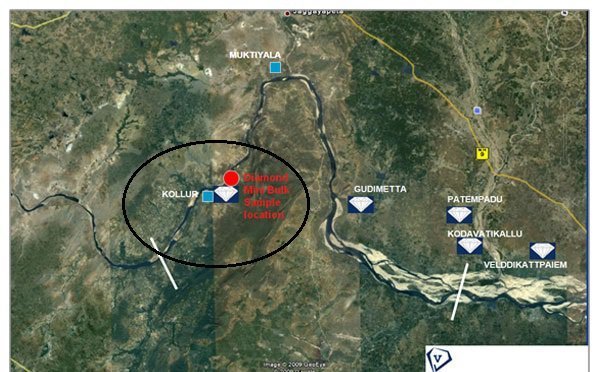
1200s – 1300s
Under the ownership of several dynasties before finally going from the Rajah of Marwah to the Kakatiya Empire in 1306.
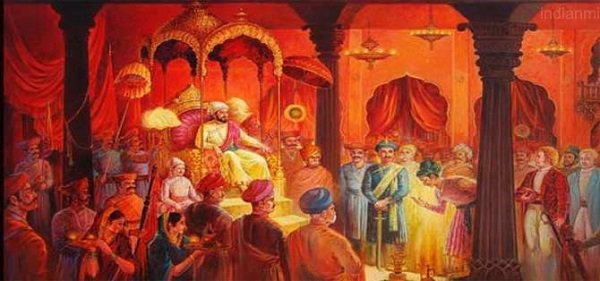
1323
After the fall of the Kakatiya Empire, the jewel comes in possession of the Delhi Sultanate.
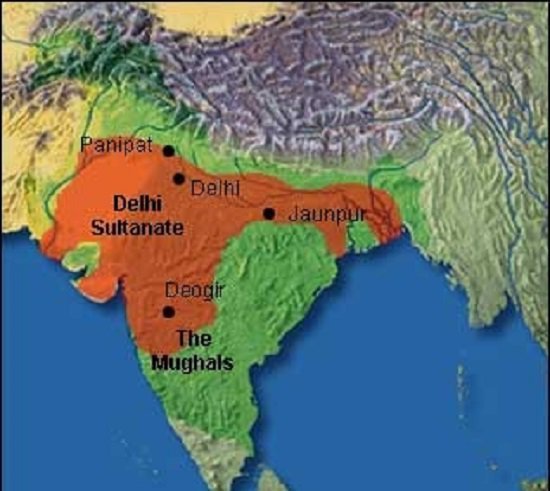
1526
Passes to Prince Babur and is in possession of the Mughal Empire for the next 200 years.
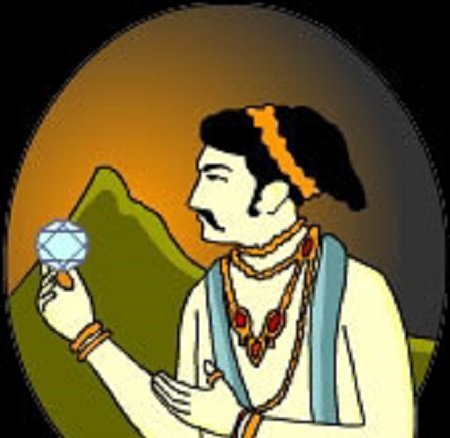
1739
Nadir Shah defeats the Mughal Emperor and takes the diamond to Persia. Has it placed on his Peacock Throne.
ADVERTISEMENT
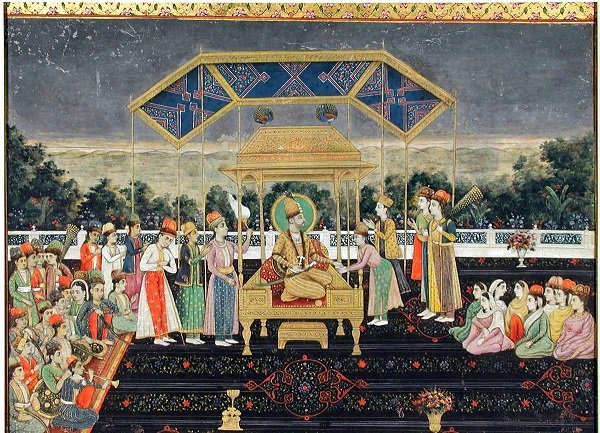
1800
After Nadir’s assassination, his grandson Shah Shuja takes the diamond to Ranjit Singh in Punjab, where it remains till the British take control.
1851
Lord Dalhousie, who acquired the Kohinoor, exhibits it at the Crystal Palace, London. It is later cut from 186 carats to 105 carats.
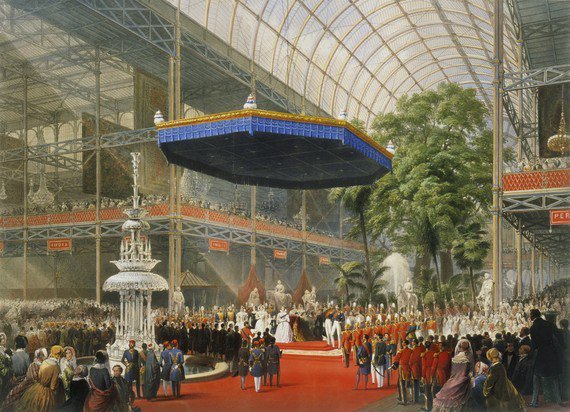
1936
The stone is set into the crown of Queen Elizabeth, wife of King George VI. It was only passed on to the wife of the male heir from then on.
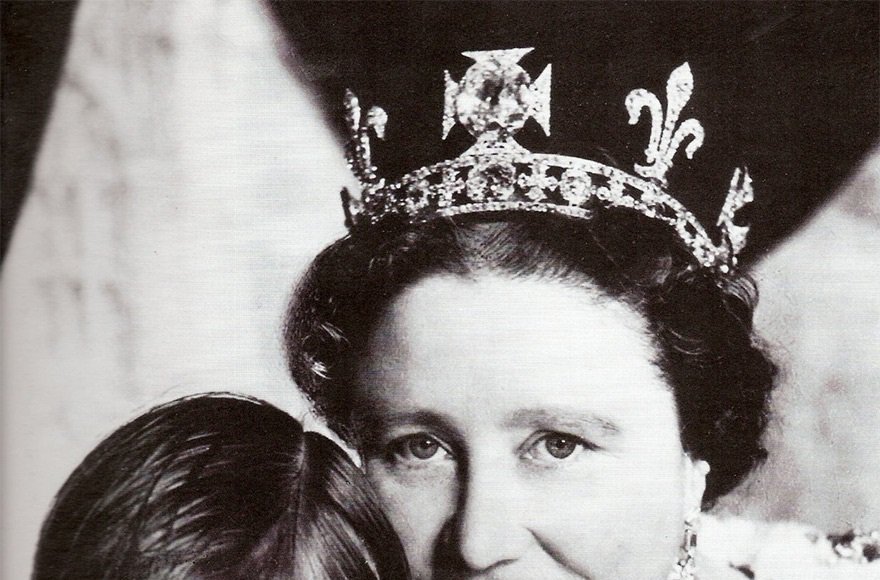
It’s high time it got back to where it belongs, no?
Top picks for you

















